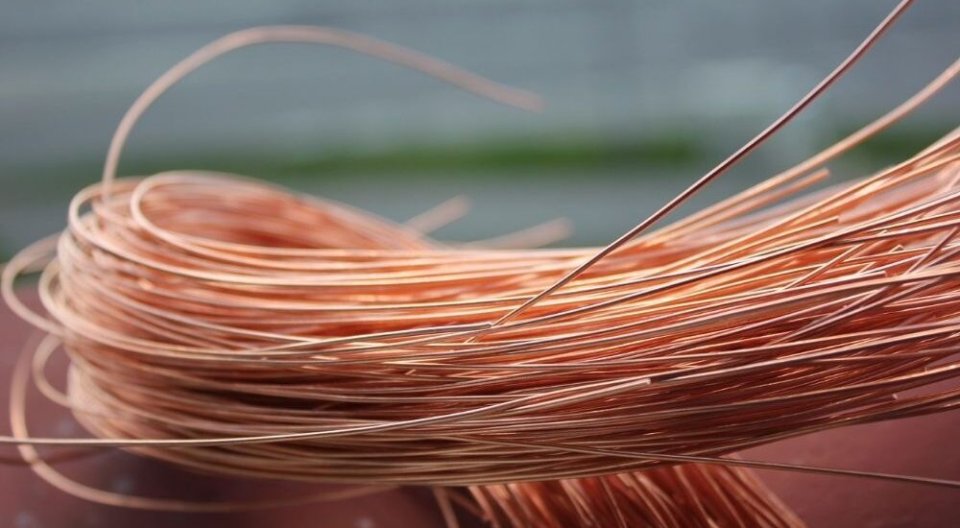Copper demand from the United States and India is poised to play a much larger role in shaping the global market over the next decade, as China’s once-dominant appetite for the metal shows signs of slowing.
For more than two decades, China’s massive industrial and infrastructure boom propelled copper prices from about $1,500 per metric ton to over $10,000. While China is expected to remain the world’s largest consumer, analysts say the dynamics driving demand and pricing are shifting toward other major economies.
Evolving regional policies, infrastructure renewal, and changing geopolitical priorities are reshaping the copper landscape. “China will reduce its rate of copper consumption and stockpiling. We are going back to traditional drivers—replacement cycles and growth outside China,” said Tom Price, analyst at Panmure Liberum.
Efforts by the U.S. and other nations to boost domestic manufacturing are also expected to temper China’s exports of copper products. China’s demand for refined copper is estimated at about 15 million tons this year, but as manufacturing slows, its overall usage is expected to decline.
Meanwhile, the rapid expansion of data centers supporting artificial intelligence, alongside major investments to modernize power grids, is fueling new demand growth in the U.S. and India. “China has built most of its infrastructure, including power distribution. Its activity will gradually settle to match its needs,” Price added.
He forecasts that by 2031, China’s copper consumption will be around 27 million tons—still over half of global demand but down to 52% from 57% in 2026. During the same period, U.S. demand is expected to rise nearly 50% to 2.2 million tons, while India’s is projected to climb more than 30% to exceed 1 million tons.
Western Pushback and Trade Shifts
Analysts expect the United States’ new 50% tariffs on imported copper pipes and wiring to encourage domestic production while curbing Chinese exports. The U.S., currently China’s fourth-largest market for copper pipe, imported 14.4 million tons last year, but that figure is expected to decline sharply as trade restrictions tighten.
“China’s export-oriented manufacturing is likely to slow as Western economies increasingly push back,” said Duncan Hobbs, research director at Concord Resources.
This slowdown is likely to extend to products such as copper wire used in power transmission. The U.S. Department of Energy has noted that 70% of the nation’s transmission lines are over 25 years old, highlighting the scale of the modernization challenge ahead.
Expanding Infrastructure in India and Asia
India, meanwhile, is accelerating investment in transmission infrastructure to support its target of achieving 500 gigawatts of non-fossil fuel power capacity by 2030. Across Asia (excluding China), Benchmark Mineral Intelligence projects copper demand to surge 25% to more than 9.2 million tons between 2025 and 2030.
For power grids, generation, data centers, and telecom networks, copper demand is expected to climb 35% to 2.2 million tons over the same period. In contrast, Benchmark’s forecast for China shows only modest growth—4% for overall infrastructure and 11% for electrical applications.
From Building to Modernizing
In the West, copper demand will primarily come from upgrading and modernizing existing systems rather than constructing new ones. While this growth may be slower and less metal-intensive than China’s past expansion, analysts believe it marks the beginning of a more balanced global demand landscape.
Robert Edwards, principal analyst at CRU, said China’s influence on the copper market has been expected to wane for years, though investments in electric vehicles, renewables, and its power grid delayed that trend. CRU now forecasts China’s share of global mined and recycled copper consumption to fall from 59% in 2025 to 57% of a projected 31.36 million tons by 2030.
“China’s demand growth potential is limited,” Edwards said. “The next phase of copper demand growth will come from the rest of the world.” (Source: Ruters)







